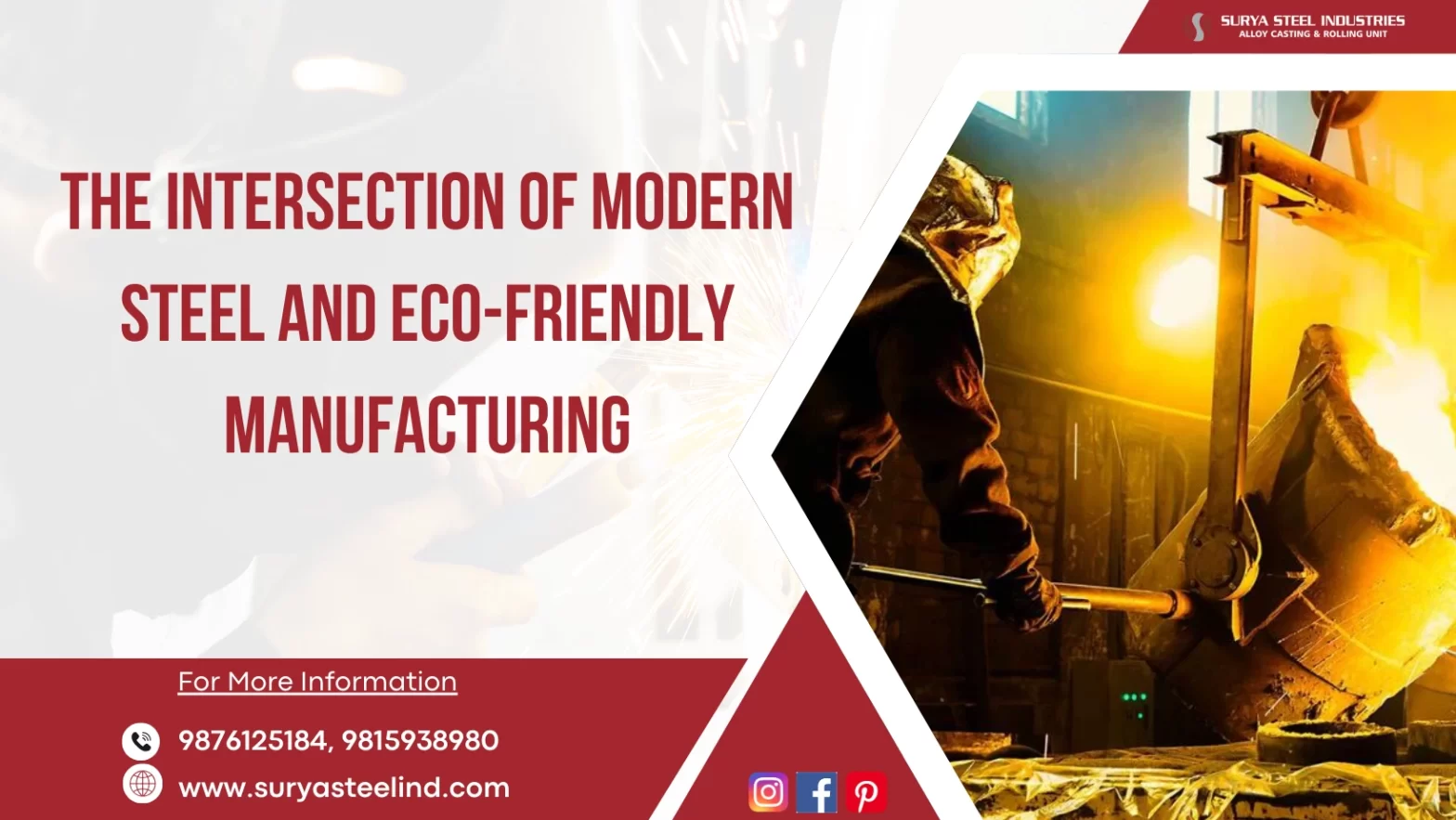Discover the essential techniques behind today’s innovative and efficient steel manufacturing.
The Basics of Steel Production: Raw Materials and Their Importance
Steel manufacturing starts with the careful selection and preparation of raw materials. The main ingredients—iron ore, coal, and limestone—play a crucial role in determining the quality and characteristics of the final steel product.
- Iron ore is the primary source of iron.
- Coal, often turned into coke, serves as a fuel and a reducing agent to help melt the iron ore in blast furnaces.
- Limestone helps remove impurities by forming slag, separated from the molten iron.
The quality and balance of these raw materials directly affect steel production’s efficiency, cost, and environmental impact.
Turning Iron Ore into Steel: The Process Explained
The transformation of raw iron ore into steel involves several key steps:
- Blast Furnace: Iron ore, coke, and limestone are heated together in a blast furnace, producing molten iron, also known as pig iron.
- Refining: The molten iron is refined in either a Basic Oxygen Furnace (BOF) or an Electric Arc Furnace (EAF).
- In the BOF, pure oxygen is blown through the molten iron to reduce carbon content, turning it into steel.
- EAFs melt recycled steel scrap using electric arcs to produce new steel.
- Casting: The steel is then cast into various shapes and sizes, ready for use in industries like construction and automotive.
Innovative Technologies in Modern Steel Manufacturing
The steel industry constantly evolves with new technologies that improve efficiency, reduce costs, and enhance product quality.
- Continuous Casting: This technology allows molten steel to be directly formed into solid shapes, reducing waste and speeding up production.
- Direct Reduced Iron (DRI): DRI uses natural gas instead of coke, producing iron with lower carbon emissions.
- Hot Rolling: Advances in this process have created high-strength, lightweight steel alloys, which are ideal for various high-performance applications.
Sustainable Steel Production: Environmental Efforts
With growing environmental concerns, the steel industry is adopting more sustainable practices.
- Carbon Capture and Storage (CCS): Companies invest in CCS technologies to reduce carbon emissions.
- Hydrogen Use: Research into using hydrogen as a cleaner reducing agent is ongoing.
- Recycling: Electric arc furnaces that melt recycled steel scrap help reduce the need for new raw materials and lower greenhouse gas emissions.
- Energy Efficiency: There’s a strong push towards using renewable energy and improving energy efficiency in steel production.
The Future of Steel Manufacturing: Trends and Innovations
The steel industry’s future looks promising, with several emerging trends set to reshape the landscape.
- New Steel Grades: Developing more substantial, corrosion-resistant, easier-to-machine steel grades is ongoing.
- Digitalization and Industry 4.0: Technologies like artificial intelligence, machine learning, and the Internet of Things (IoT) are optimizing production, predictive maintenance, and quality control.
As the industry continues to innovate, the focus remains on making steel manufacturing more efficient, sustainable, and responsive to global market demands.

